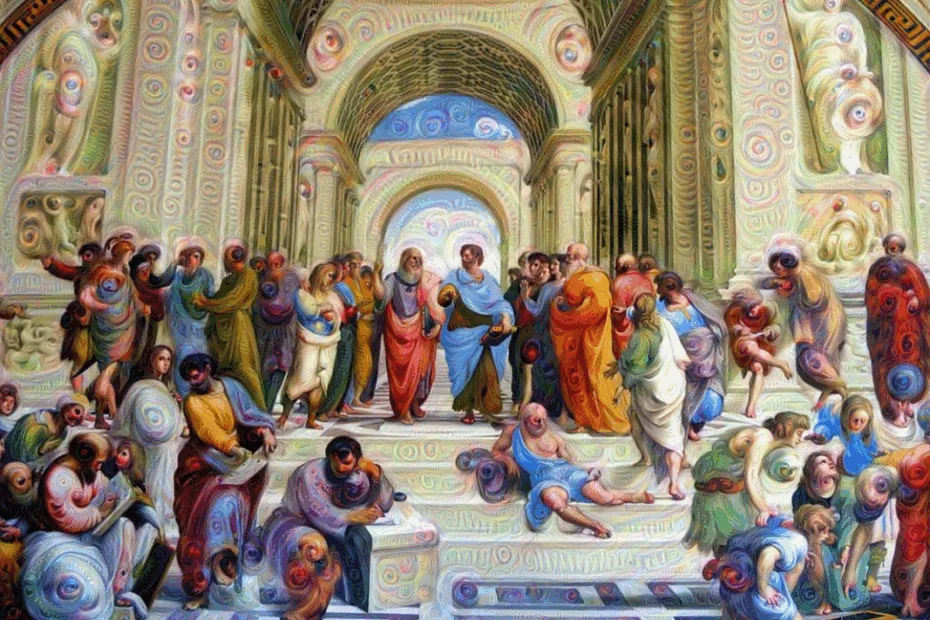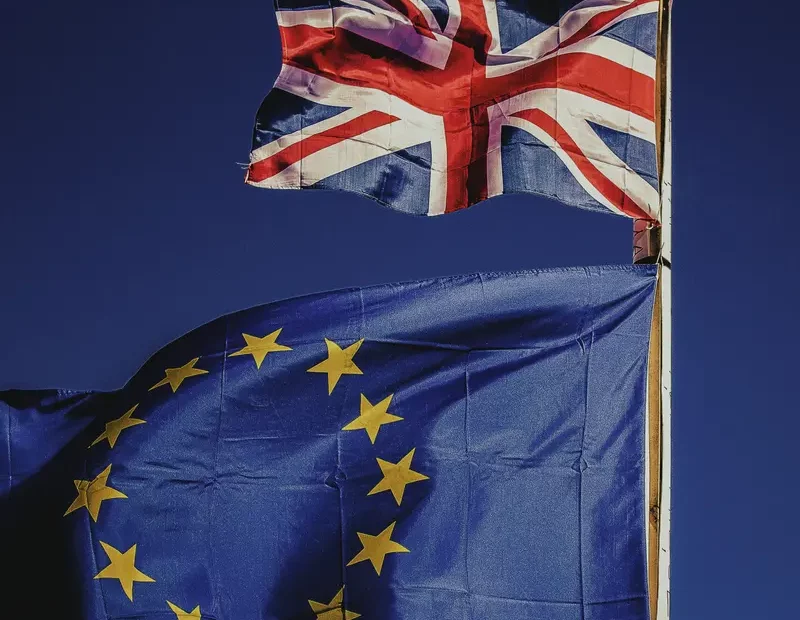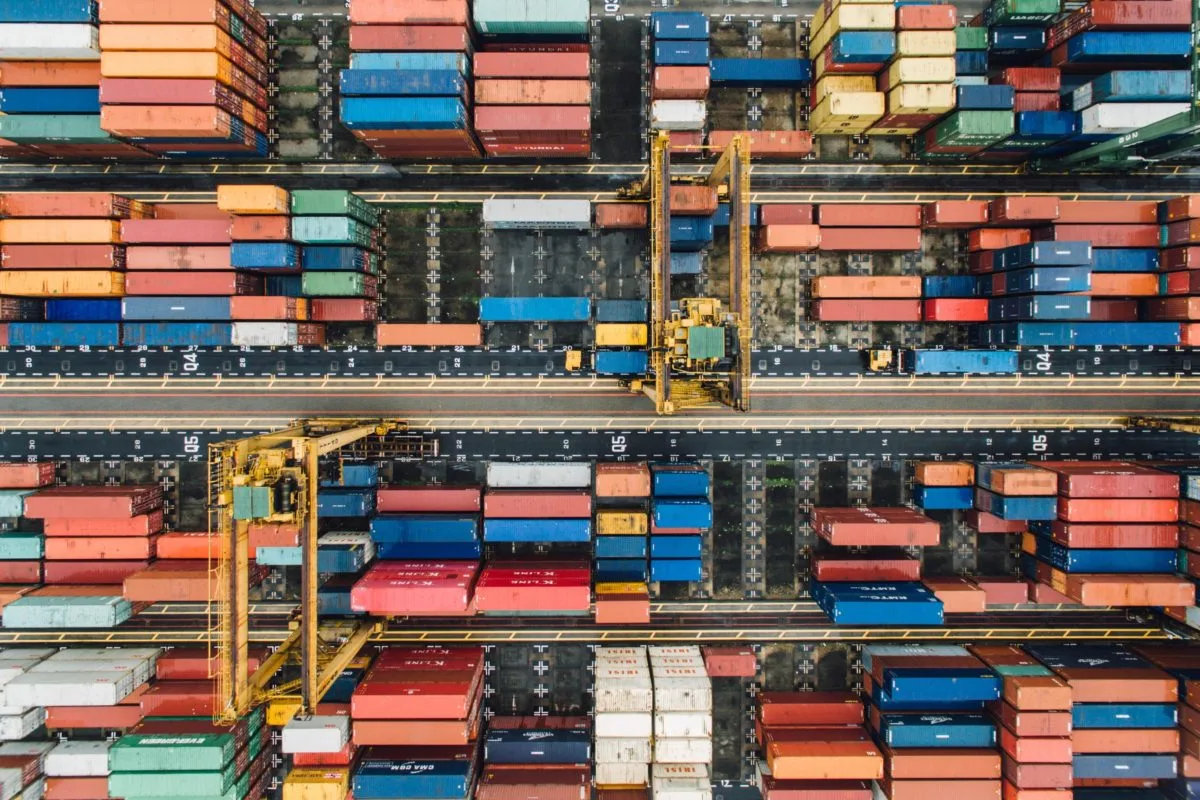AI and the creative industries
Artificial Intelligence (AI) is the goal of developing machines with intelligent capabilities, such as pattern recognition, conversation and, ultimately, general intelligence itself. AI has seen a series of breakthroughs in recent years. These breakthroughs are already affecting how we discover creative content, and are likely to increasingly affect how the creative industries work and the output it produces. Both AI and the creative industries have been identified as priority sectors for the UK’s economic future by the government. This report therefore aims to quantify levels of activity at the interface of these two connected areas to inform what the policy response should be.
Recent breakthroughs in AI could have a large impact on the creative industries. Digitisation has meant that a high proportion of creative content, such as images, sound and text, is now created, distributed and consumed digitally. This means that creative content can be directly analysed using machine learning. Creative content online is also routinely recommended to us using machine learning algorithms on platforms such as Spotify and YouTube.
AI tools have become more effective and also more accessible with extensive open source software available. Recent developments have enabled new ways to be creative and are influencing artistic activity. Breakthroughs in one area can also spread to multiple creative domains.
The UK’s creative industries have been one of the fastest growing parts of the economy in recent years. There is an AI Sector Deal and a Creative Industries Sector Deal in the UK’s Industrial Strategy. The UK therefore has an opportunity to exploit the synergies from its strength in both areas which has not yet been taken. This report studies levels of activity combining both creative activity and AI in research and commercial applications using data from ArXiv, Gateway to Research and Crunchbase. Key findings from the report are:
- The UK is one of the world’s leading research centres in AI, however many countries around the world are rapidly increasing their AI research capability
- The UK has a strong position in AI research in domains potentially relevant for the creative industries, such as AI work on image, text and sound data, with only the US and China having higher levels of publications in these areas
- Levels of AI research involving direct creative industry applications are relatively low internationally, though this may be due to research of this nature having commercial implications therefore being undertaken privately
- There are high levels of research in Generative Adversarial Networks (GANs), a recent key development in generative AI, with UK institutions undertaking more research on this topic than any other European country
- Direct applications of AI in creative industries so far appear to be relatively low (at least as can be identified in Crunchbase and Gateway to Research data to 2018), with the absolute level of projects in the tens of companies and projects. However, in Crunchbase, there is some evidence that only the US has higher levels of activity, suggesting that current activity in this area is relatively small scale, the UK may be relatively advanced in this area.
The report recommends that if the UK wants to get the most out of its complementary strengths in AI and the creative industries, it should aim to support a higher level of commercial activity and academic research collaboration between AI researchers and the creative industries. Read more in the blog from John Davies about the implications of AI for the creative industries and how we should respond.
Please reference this paper as:
Davies, J. (2020) The art in the artificial, London: Creative Industries Policy and Evidence Centre and Nesta. Available from: https://pec.ac.uk/research-reports/the-art-in-the-artificial
Published 11th June 2020
The original image is the School of Athens by the Italian Renaissance artist Raphael. The effect was created by John Davies, one of the authors of this report, using Tensorflow DeepDream.
This research report is published by the Creative Industries Policy and Evidence Centre (PEC). All PEC research reports have been peer reviewed prior to publication. In keeping with normal academic practice, responsibility for the views expressed in this research, and the interpretation of any evidence presented, lies with the authors. These views and interpretations do not necessarily represent those of the PEC or its partner organisations.
Related Research Reports
The impact of overseas mergers and acquisitions on UK video games industry
A new scoping study on the economic consequences and potential market failures The BFI’s Resear…
Post-Brexit migration and accessing foreign talent in the Creative Industries
The UK’s departure from the EU has changed the way that British firms trade and work with Euro…
12 facts about the UK’s international trade in creative goods and services
Worldwide exports of creative goods exceeded 500 billion USD in 2015, with a 150% increase since 200…
The migrant and skills needs of creative businesses in the UK
This report details the results of a survey of employers commissioned by the Creative Industries Cou…




